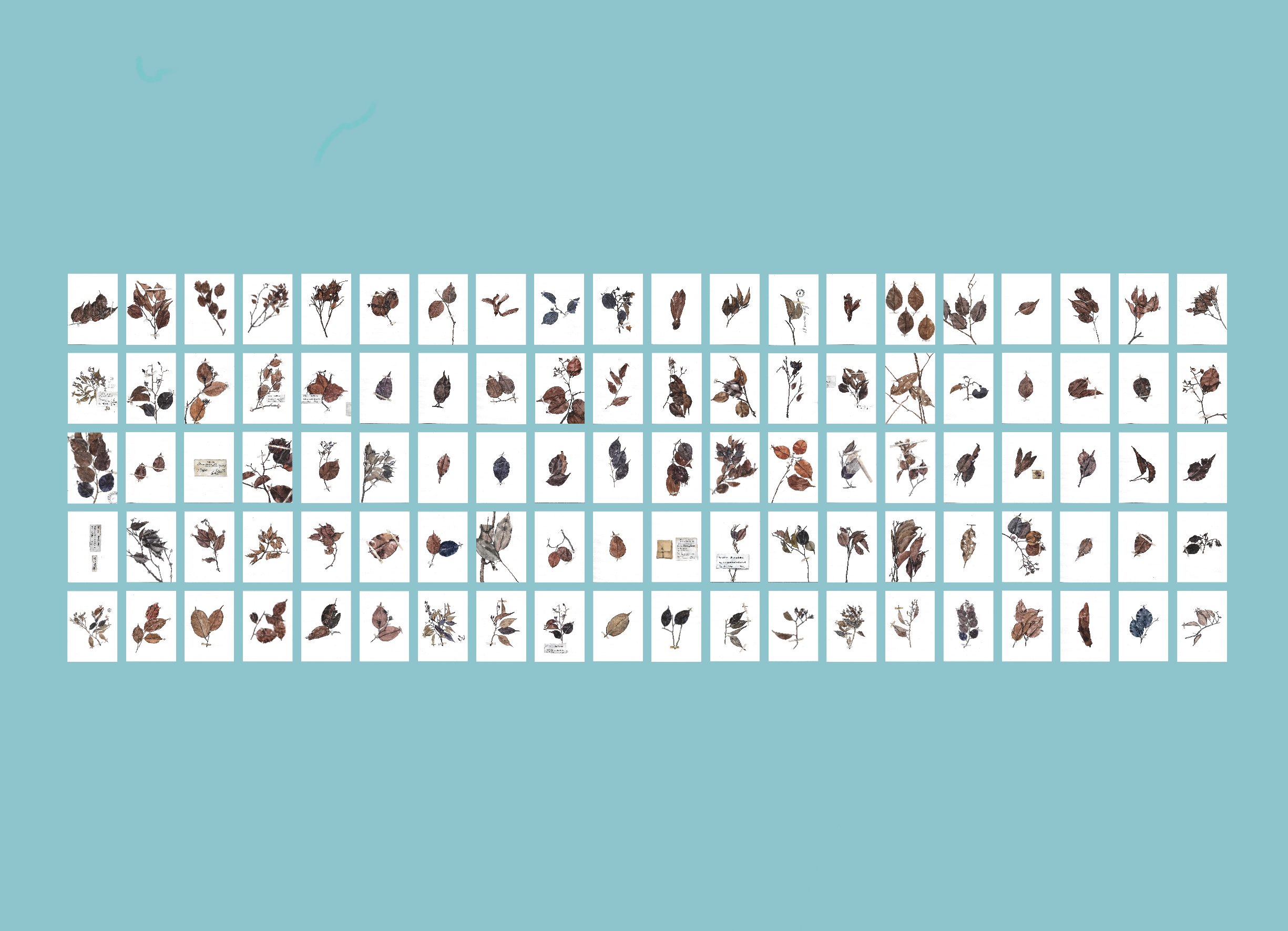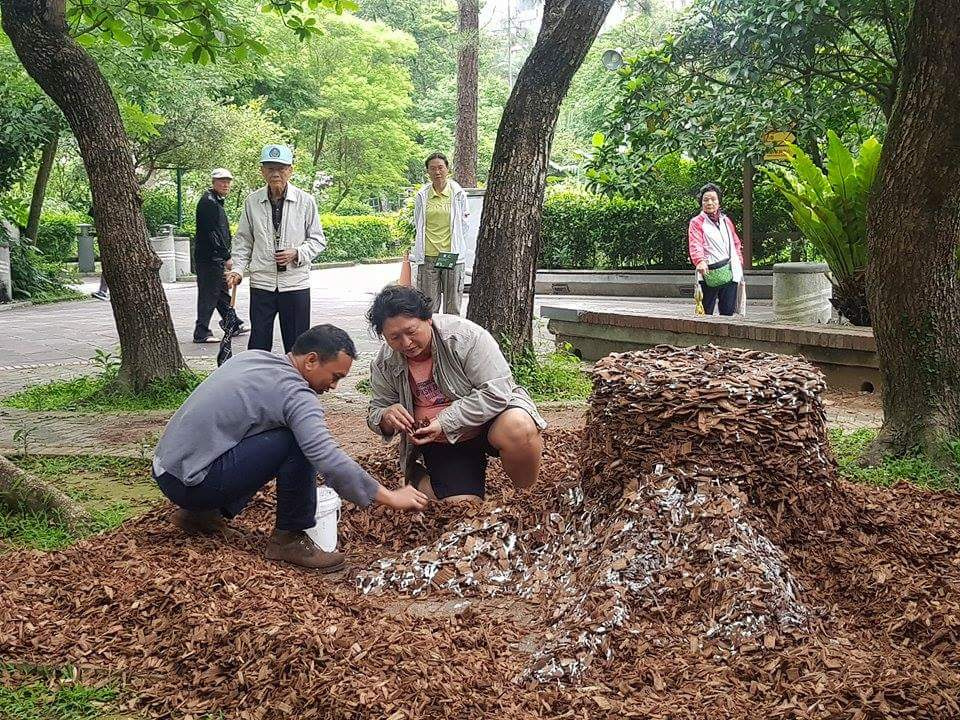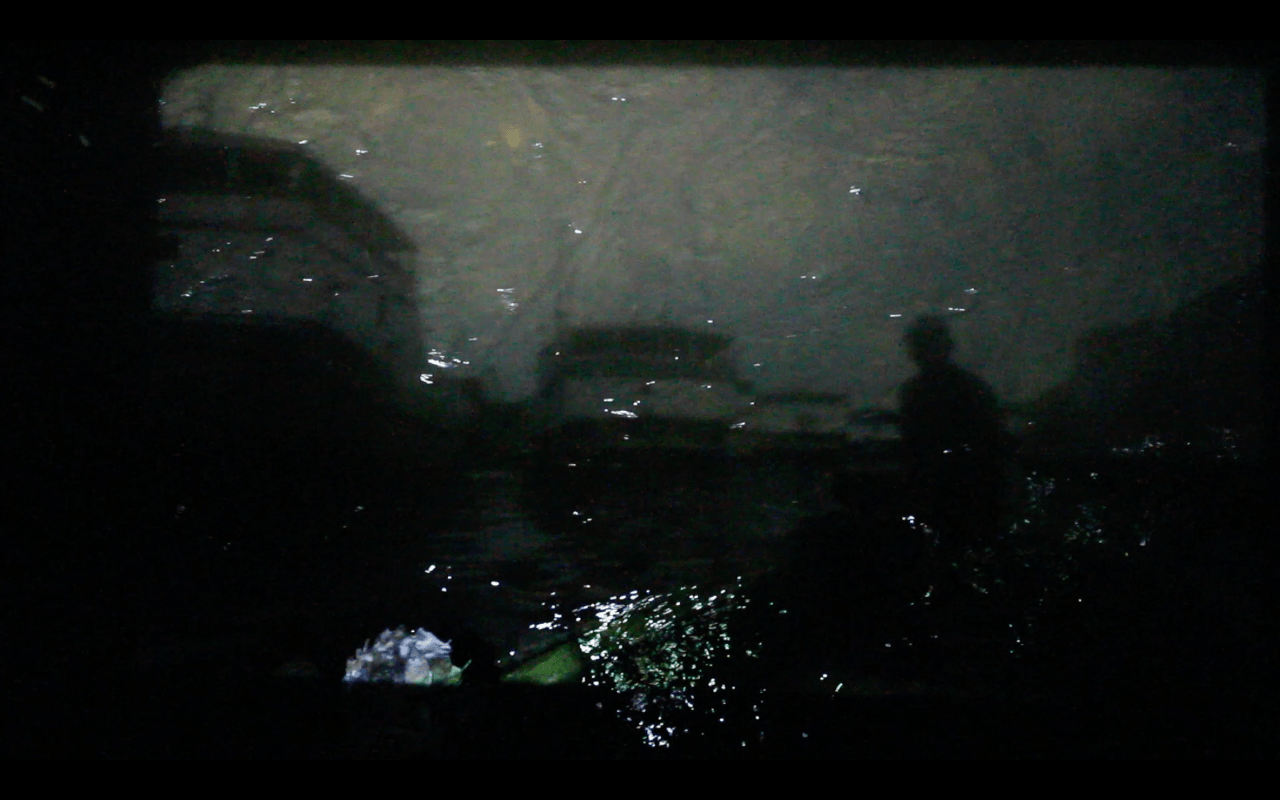Meet Aliansyah Caniago | Artist


We had the good fortune of connecting with Aliansyah Caniago and we’ve shared our conversation below.
Hi Aliansyah, what’s the most important lesson your business/career has taught you?
The most important lesson my career has taught me is that process matters more than outcome—and that trust, patience, and relationships are everything.
In both art and business, things rarely go as planned. Projects take unexpected turns, support comes from surprising places, and sometimes what you thought was a failure becomes the seed of something more meaningful later. I’ve learned that being adaptable while staying rooted in your values is key. You have to let go of control, but not of intention.
I’ve also learned that you can’t do it alone. So much of my journey has been shaped by community—friends, collaborators, mentors, and family. The work may have my name on it, but it’s never just mine. That sense of gotong royong—of shared effort and mutual care—is what keeps me going.
And finally, I’ve learned that making space for slowness, reflection, and listening isn’t a luxury—it’s necessary. Whether I’m making art, starting a new venture, or navigating daily life, the most lasting things take time.

Alright, so let’s move onto what keeps you busy professionally?
My artistic practice is rooted in the intersection of memory, materiality, and resistance. I work across performance, installation, drawing, and moving image, often beginning with archival research, fieldwork, and oral histories. What sets my work apart is a commitment to unearthing erased or silenced histories—especially those shaped by colonial extractivism, ecological collapse, and displacement—and translating them into embodied, sensorial forms that invite reflection and dialogue.
One work that has been especially formative for me is Titik Balik, a performance in which I pulled an end-of-life state boat along an asphalt road for 25 kilometers—from Situ Ciburuy lake to the city center. The action took nearly nine hours on foot and was conceived as a response to the lake’s worsening ecological degradation, caused by heavy industrial pollution. It was a physical, emotional, and symbolic act—one that made visible what extractivism leaves behind.
The research for Titik Balik spanned four years (2012–2016), and the process left me with more questions than answers: What is the role of an artist in a context like this? What ethical responsibilities arise when artists intervene in others’ lived realities? When should one begin, and when should one step back? Whose voices must be centered? Can an artist work alone in such charged, uneven terrains—or must they work collectively, with care?
This project introduced me to critical questions around center and periphery, power and tradition, modernity and extraction, and ultimately shaped my understanding of care, healing, and reparative practices as core to my work. It also led me to my current long-term project about Barus, a small village on the western coast of North Sumatra—my ancestral home. Since 2016, I’ve been researching the disappearance of the camphor tree (Kapur Barus), once integral to ancestral rituals and exploited to near extinction by colonial trade. This has evolved into a broader exploration of ecological loss, intergenerational memory, and the remnants of empire embedded in land and body.
What I want the world to know is that my art is not just about representation; it is about reparation. It’s about working slowly, listening deeply, and creating spaces where forgotten stories, spirits, and knowledge systems can re-emerge—not as nostalgia, but as resistance and possibility. My practice is a way of remembering futures that were once possible—and might still be.

Any places to eat or things to do that you can share with our readers? If they have a friend visiting town, what are some spots they could take them to?
Day 1 – Arrive & Slow Down
We’d start slow, maybe a sunset walk at Ulee Lheue Beach, just to feel the ocean breeze and shake off the travel fatigue. Then dinner at Mie Ayah—comforting, flavorful noodles with just the right amount of spice to warm the soul.
Day 2 – Stories, Memory & Landscapes
We’d begin with breakfast at Solong Pango—strong black coffee and a classic Acehnese morning scene. Then head to the Tsunami Museum, a powerful space of memory and reflection.
Lunch at Lem Bakrie, full of home-cooked flavors. In the afternoon, we’d drive to Ujung Pancu to stand at the edge of Sumatra island, watching the waves crash at the continent’s end. Dinner at Loco Sovya to wind down—a cozy spot with good food and good vibes.
Day 3 – Cross the Sea to Sabang (Pulau Weh)
We’d take the ferry to Pulau Weh, breathe in the salt air, and let go of time. The rest of the day would be about snorkeling, napping, exploring coral beaches, and eating grilled fish by the sea. We’d stay near Iboih or Sumurtiga, where the nights are filled with the sound of waves.
Day 4 – Island Wandering
We’d visit Kilometer Nol, the westernmost tip of Indonesia. It’s a quiet spot, perfect for sketching, journaling, or just talking about life. By evening, we’d head back to Banda Aceh—tired, sun-kissed, and happy.
Day 5 – Markets, Sea & Forest
Early morning, we’d go to the Tempat Pelelangan Ikan (fish auction) to watch fishermen unload the day’s catch—raw, noisy, full of life. Then wander Pasar Aceh for spices, fabrics, and stories.
In the afternoon, we’d explore the coastal area toward Taman Kasuari. It’s a hidden gem where you can walk through a pine forest and do some birdwatching—maybe spot the majestic Sikra (eagle) or other migrating birds resting before their journey.
Day 6 – Coffee, Artists & Hanging Out
Coffee at Kupi Solong in Ulee Kareng—an essential stop. We’d spend the day visiting friends’ studios, sharing stories, maybe even making something together. In the evening, we’d head to Lhoknga for the sunset and fresh seafood by the beach.
Day 7 – Ritual & Farewell
Before leaving, we’d visit Baiturrahman Grand Mosque—calm, luminous, and grounding. For a final taste of Aceh, we’d have lunch at Ayam Tangkap Pramugari before heading to the airport, full of good food and even better memories.
All in all, food would be a big part of it—because in Aceh, meals are more than meals. They’re moments of connection, storytelling, and joy.

The Shoutout series is all about recognizing that our success and where we are in life is at least somewhat thanks to the efforts, support, mentorship, love and encouragement of others. So is there someone that you want to dedicate your shoutout to?
I definitely wouldn’t be where I am without a lot of people behind me.
First and most important—my family. They’re my biggest source of inspiration and creative energy, the ones who give me the spirit to keep going and keep asking questions about the world. Especially my wife, Raisa Kamila, and our two sons, Gadeng and Geuma—they’re the reason I can keep doing all these wild, sometimes ridiculous things as an artist. They keep me grounded and remind me what really matters.
Then there’s my support system—Zico, Wibi, Arad, Donni Arifianto, and all my artist friends, especially those from Ruang Gerilya. That space taught me a lot about resistance, solidarity, and gotong royong. In those early days when the art world felt overwhelming and uncertain, they made it feel possible.
I also have to thank my manager, Patrick Tantra, and all the galleries, collectors, and curators who’ve supported my work along the way. It really does take a community. Honestly, I’d say 90% of this journey has happened because of the trust and support of others.
And I can’t forget the people who’ve shaped me artistically—my mentors and inspirations: Teguh AP, Fajar Abadi, Angga Wedhaswhara, Diyanto, Pak Tisna Sanjaya, Melati Suryodarmo, Lee Wen, Joan Jonas, and Black Market International. Their work and the way they think about art have left a huge mark on me.
So this shoutout is for all of them—for their wisdom, support, and for just being there. I’m really grateful.
Website: https://Www.aliansyahcaniago.com
Instagram: aliansyahcaniago
Facebook: aliansyahcaniago
Youtube: aliansyah caniago

Image Credits
Credited belong to the artist.
